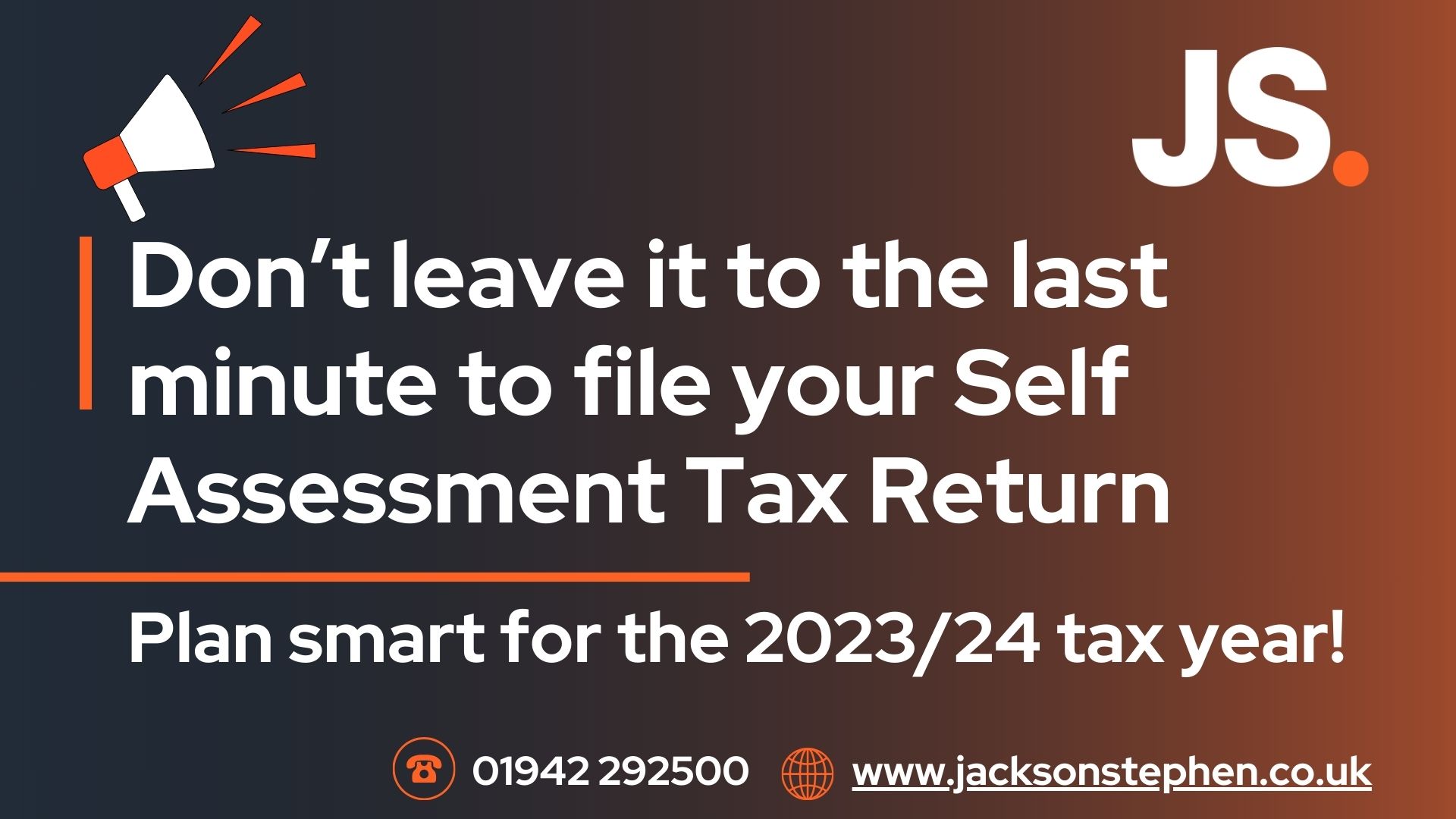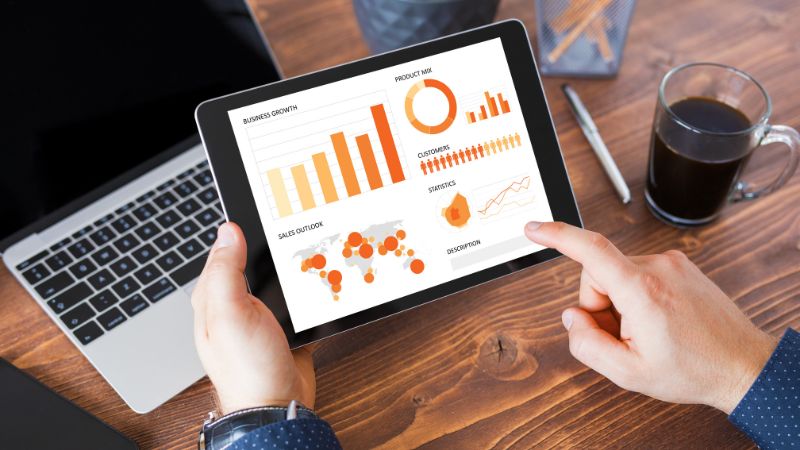Fundamental Tools of Cloud Accounting
03 Nov, 20204Back in July, our Digital Services Manager, Sarah Smith, shared her thoughts on what bu...

Back in July, our Digital Services Manager, Sarah Smith, shared her thoughts on what businesses need to be thinking about, and it was very clear that having access to real-time data is more important than ever. Access to real-time data can easily be achieved with cloud accounting technology. Sarah now shares her recommendations on what to consider when moving to a cloud accounting package.
As you will have seen from our recent guides, there are a plethora of digital tools available that can help in a number of areas, but first, we need to
lay a good foundation by implementing a cloud accounting package.
It’s important that this cloud accounting package can be readily adapted to suit the needs of your business, and so choosing a package with a strong app eco-system is always a good place to start.
We then need to be sure that the cloud accounting package contains the core features that will give you real-time data.
Ensure your package will give you the ability to raise invoices and e-mail them directly to customers there and then. Not only does it
speed up payment, by the customer receiving the invoice quicker, it also saves the time of typing a separate invoice and re-entering that invoice into
the accounting software at a later date.
Of course, not all businesses raise invoices in the same way. This is where the app eco-system comes into play which, provides apps that can assist with
the extraction of sales data from other sources. Having a cloud accounting package with an open API (Application Programming Interface) also helps. This allows software developers to write specific links to transfer data from one software package to another, and is great for more complex
businesses with multiple systems.
I would also recommend your cloud accounting package has electronic bank feeds and auto-match. This will ensure your bank transactions
are downloaded daily, and they will be matched to your sales and purchase invoices to make the reconciliation quick and easy.
An invoice automation tool is also an integral part of a cloud accounting package and whilst that may not be available in the software,
the app eco-system comes to the rescue again. These invoice automation tools will ensure that all your purchase invoices and expense receipts are sent
directly to the accounting package.
Once you have these in place, you will have a system where information is flowing into your accounting software package in real-time. To ensure you are
using the data to your advantage, be sure that your cloud accounting package has a live dashboard that contains cash flow insights, so you have a clear view of your financial position.
Finally, choose a cloud accounting package that works for both you and your accountant. Accurate and timely data input is the key to cloud
accounting and requires you and your accountant to work well together.
Once this is in place, you can begin to incorporate more digital tools – this is only the beginning!



